Entry Type: Group - Starting with F
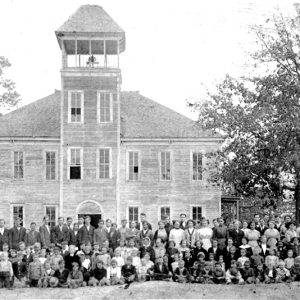 Fouke School
Fouke School
Fourth Arkansas Cavalry (US)
Fourth Arkansas Infantry (CS)
Fourth Arkansas Mounted Infantry (US)
Fourth Military District
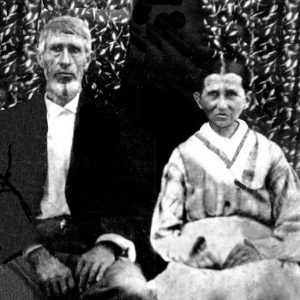 James Elison Foust and Harriet Knight Foust
James Elison Foust and Harriet Knight Foust
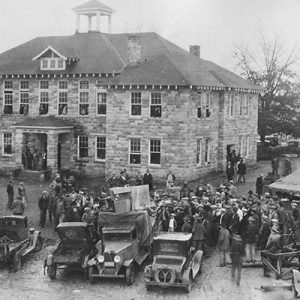 Connie Franklin Trial
Connie Franklin Trial
Free Blacks
aka: Free Negroes
Freedmen’s Bureau
aka: Bureau of Refugees, Freedmen, and Abandoned Lands
Freemasons
aka: Masons
French Explorers and Settlers
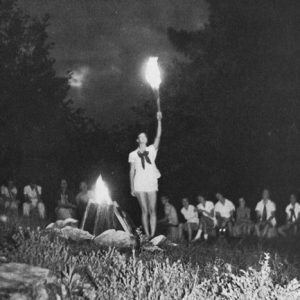 Friendship Campfire Circle; 1950s
Friendship Campfire Circle; 1950s
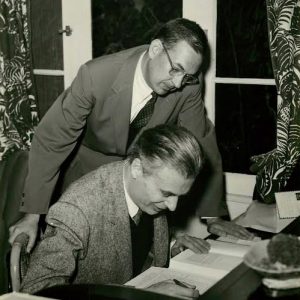 Bill Froug and Aldous Huxley
Bill Froug and Aldous Huxley
 William Froug and Father
William Froug and Father
 Bill Froug and Lionel Barrymore
Bill Froug and Lionel Barrymore
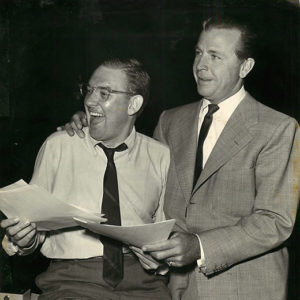 Bill Froug and Dick Powell
Bill Froug and Dick Powell
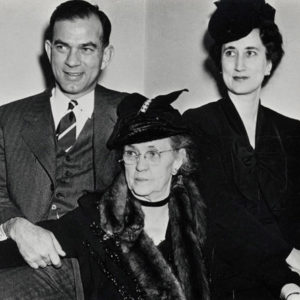 Bill, Roberta, and Elizabeth Fulbright
Bill, Roberta, and Elizabeth Fulbright




